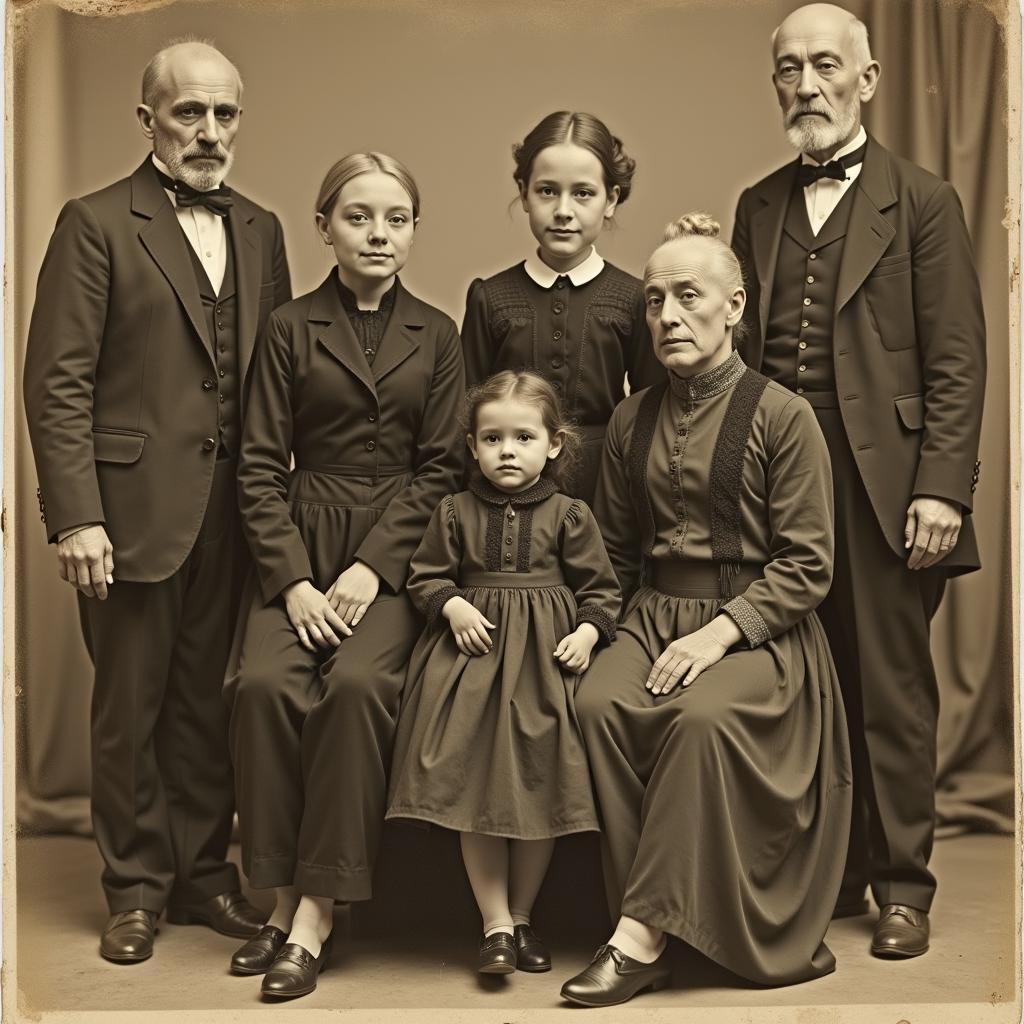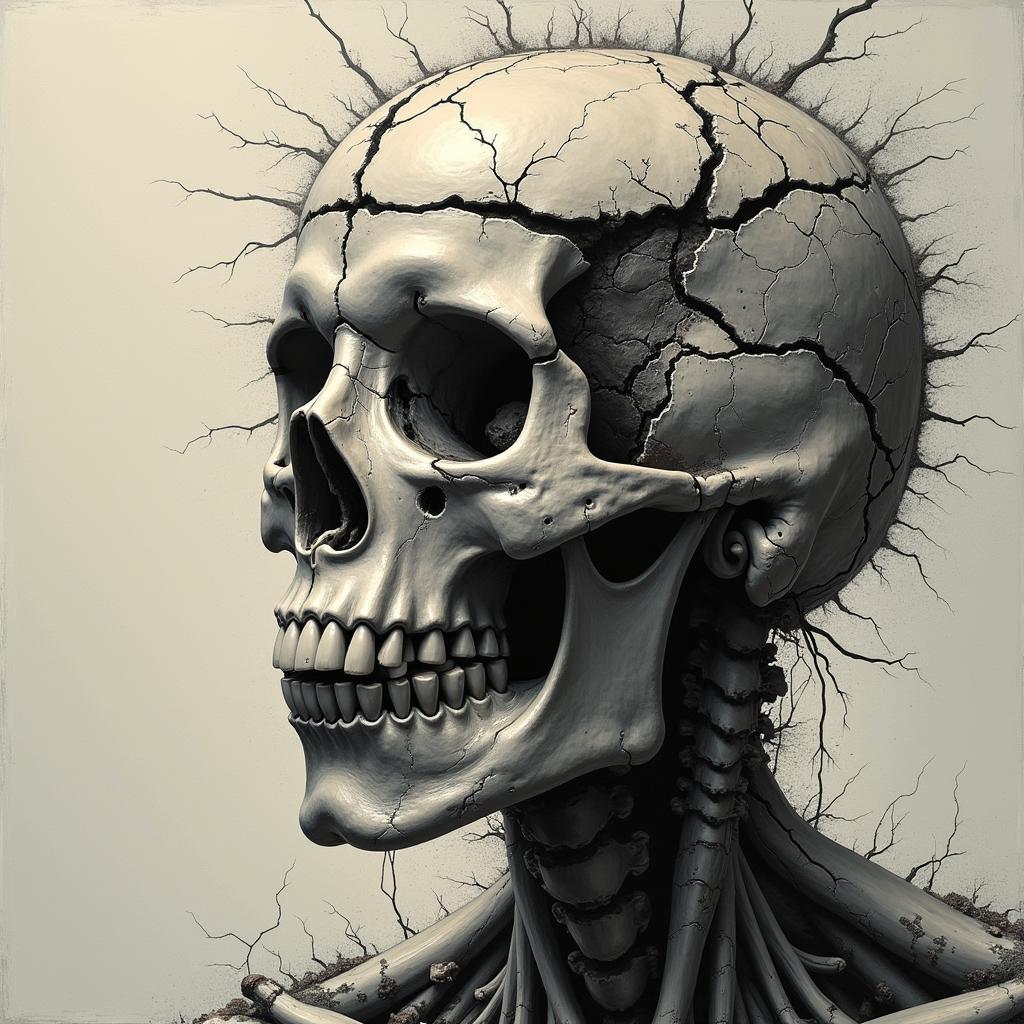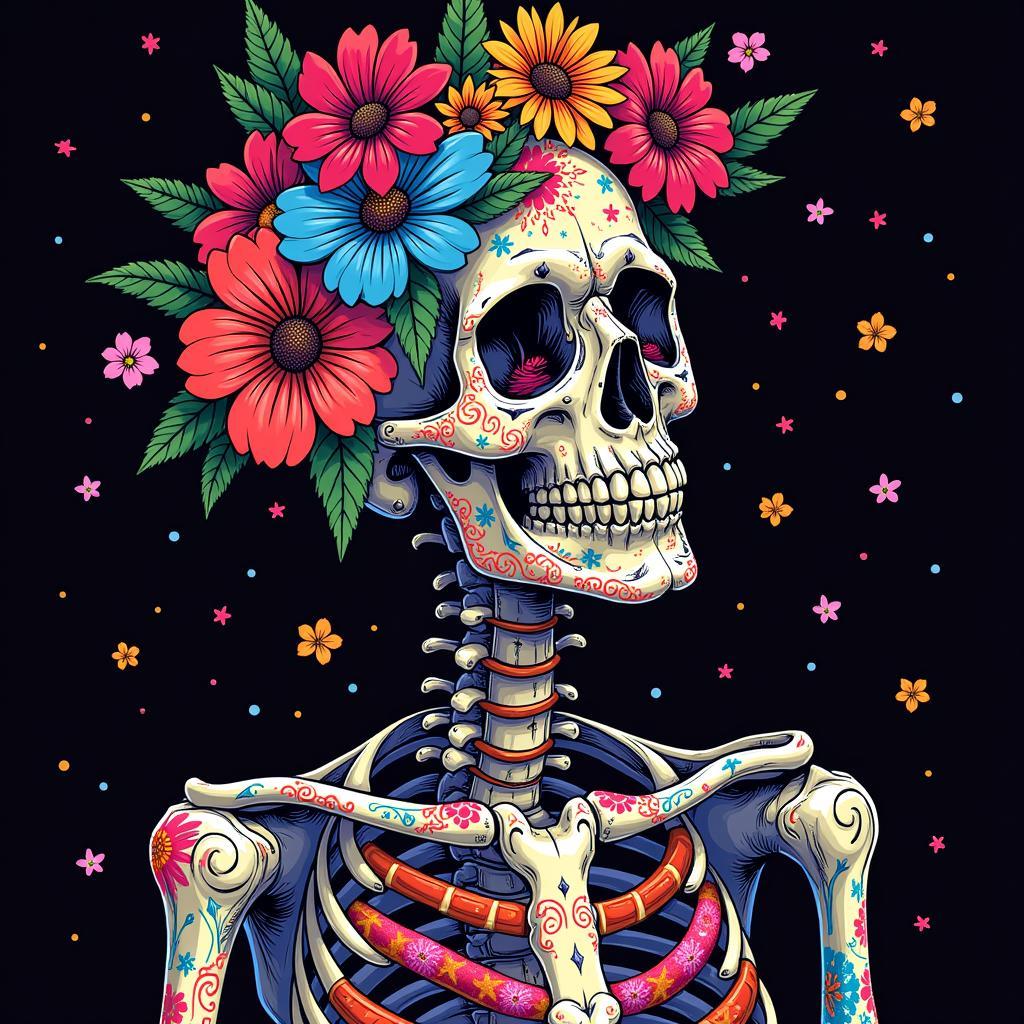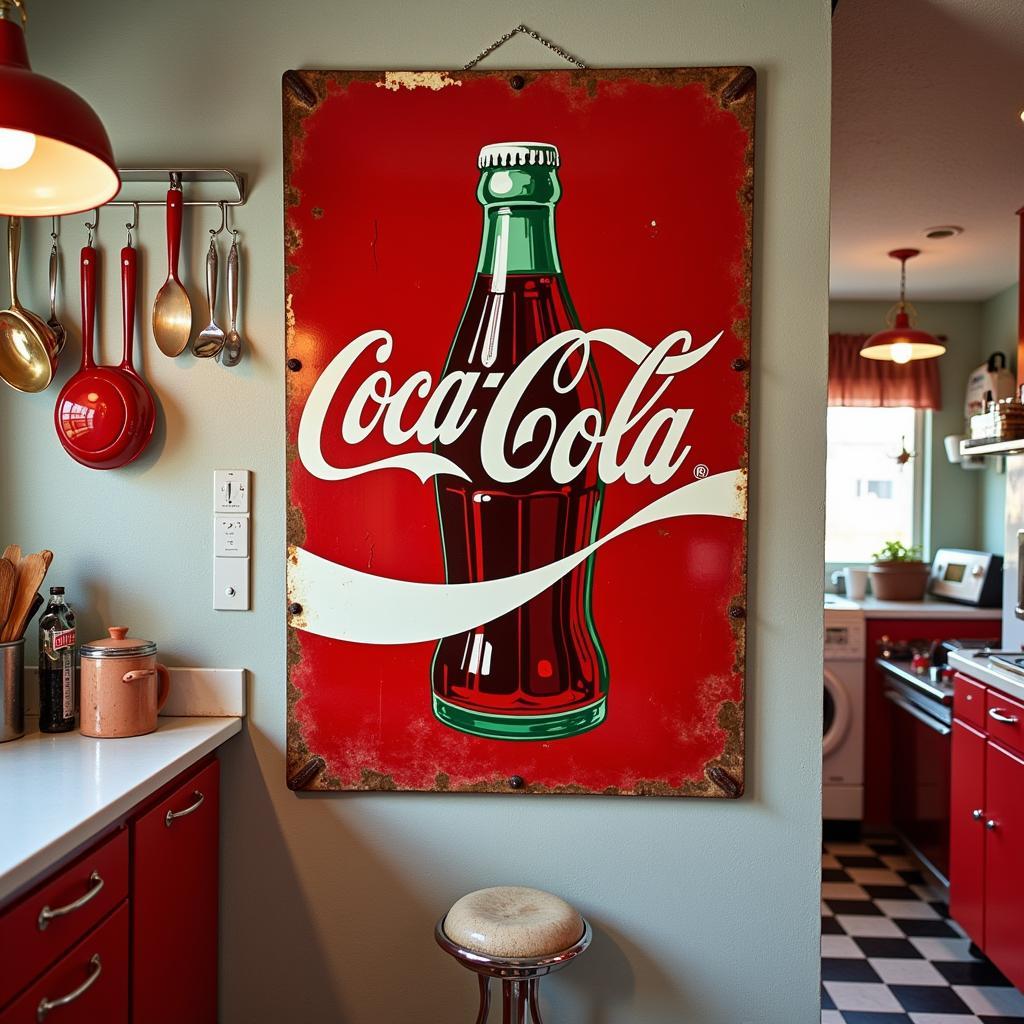Exploring the Depths of Morbid Art
Morbid Art, a genre often shrouded in darkness and discomfort, explores themes of death, decay, and the macabre. It’s a fascinating reflection of humanity’s complex relationship with mortality, inviting viewers to confront their own fears and contemplate the ephemeral nature of existence. From ancient burial rituals to contemporary digital creations, morbid art has persisted throughout history, captivating and unsettling audiences in equal measure. We’ll delve into the various facets of this compelling art form, exploring its history, psychological underpinnings, and diverse manifestations.
A Journey Through the History of Morbid Art
The fascination with death and decay isn’t a modern phenomenon. Evidence of morbid art can be traced back to prehistoric times, with cave paintings depicting hunting scenes and animal carcasses. These early artistic expressions likely served both practical and spiritual purposes, documenting the cycle of life and death while potentially appeasing or honoring the spirits of the deceased. As societies evolved, so too did their artistic representations of mortality. Ancient Egyptians, for example, developed elaborate burial rituals and created intricate funerary art, including mummies, sarcophagi, and tomb paintings, reflecting their belief in the afterlife. During the medieval period in Europe, the Danse Macabre, or Dance of Death, emerged as a popular motif in art and literature, portraying the universality of death and its power over all social classes.
This continued fascination with death can be seen in various forms throughout history, from the memento mori of the Renaissance, reminding viewers of their own mortality, to the somber still lifes of the Baroque period. The 19th century saw the rise of Romanticism, which often explored themes of death, loss, and the sublime.
The rise of photography in the 19th century allowed for a new kind of morbid art to flourish, capturing death in a starkly realistic way. Post-mortem photography, though now seen as macabre, was a common practice, serving as a tangible memory of loved ones lost.
 Post-mortem photography in the Victorian era
Post-mortem photography in the Victorian era
The Psychology of Morbid Art: Why Are We Drawn to the Dark Side?
Why are we, as humans, so drawn to images and representations of death and decay? The psychology behind our fascination with morbid art is complex and multifaceted. For some, it may be a way to confront and process our own fears and anxieties surrounding mortality. By engaging with these difficult themes through art, we can potentially desensitize ourselves to the fear of death and gain a greater appreciation for the fragility of life. For others, morbid art can be a source of catharsis, allowing us to explore dark emotions in a safe and controlled environment.
There’s also the element of morbid curiosity, the innate human desire to understand the unknown and confront the taboo. Morbid art can satisfy this curiosity, offering a glimpse into the realm of death and decay that we typically avoid in our daily lives.
 Psychological aspects of morbid art
Psychological aspects of morbid art
Morbid Art in the Modern Age
Morbid art continues to evolve in the modern era, taking on new forms and exploring contemporary issues. From the surreal and grotesque paintings of artists like H.R. Giger to the darkly humorous and often political works of contemporary artists, the genre remains vibrant and thought-provoking. The rise of digital art has opened up new avenues for creative expression, allowing artists to explore morbid themes through animation, virtual reality, and other innovative mediums.
Check out some inspiring Dia de los Muertos skeleton art for a modern take on a traditional theme.
Contemporary morbid art often challenges societal norms and pushes the boundaries of good taste, forcing viewers to confront uncomfortable truths and question their own perceptions of life and death. The internet and social media have also played a significant role in the dissemination and consumption of morbid art, creating a global community of artists and enthusiasts who share a common interest in the macabre.
Looking for more artistic inspiration? Explore some Skulls art.
 Contemporary morbid art in the digital medium
Contemporary morbid art in the digital medium
Conclusion: Embracing the Beauty in Darkness
Morbid art, though often unsettling, offers a unique and valuable perspective on the human condition. It challenges us to confront our fears, contemplate the nature of existence, and appreciate the beauty that can be found even in darkness. By exploring these difficult themes through art, we can gain a deeper understanding of ourselves and the world around us. Explore the darker side of art, and perhaps you’ll discover something profound about yourself in the process. If you’re interested in further exploring this fascinating genre, you might enjoy a Sugar skull art project. It’s a hands-on way to explore the themes and aesthetics of morbid art.
FAQ
- What is considered morbid art? Art exploring themes of death, decay, and the macabre.
- Why are people drawn to morbid art? To confront fears, process emotions, and explore the unknown.
- Is morbid art always dark and depressing? Not necessarily. It can be humorous, thought-provoking, or even beautiful.
- What are some examples of morbid art throughout history? Memento mori, Danse Macabre, post-mortem photography.
- Where can I find more information about morbid art? Art history books, online galleries, and museum exhibitions.
- Are there artists who specialize in morbid art today? Yes, many contemporary artists explore these themes.
- How has technology impacted morbid art? Digital art has expanded the possibilities for creative expression.
Exploring Further
For more artistic inspiration within this theme, consider checking out Edward Gorey art prints or Dead Man’s Hand art.
Need some help getting started with your own morbid art journey? We’re here to help! Contact us at Phone Number: 02462573573, Email: danteum@gmail.com or visit us at Savico Megamall, 7-9 Đ. Nguyễn Văn Linh, Gia Thụy, Long Biên, Hà Nội 10000, Việt Nam. We have a 24/7 customer service team ready to assist you.



